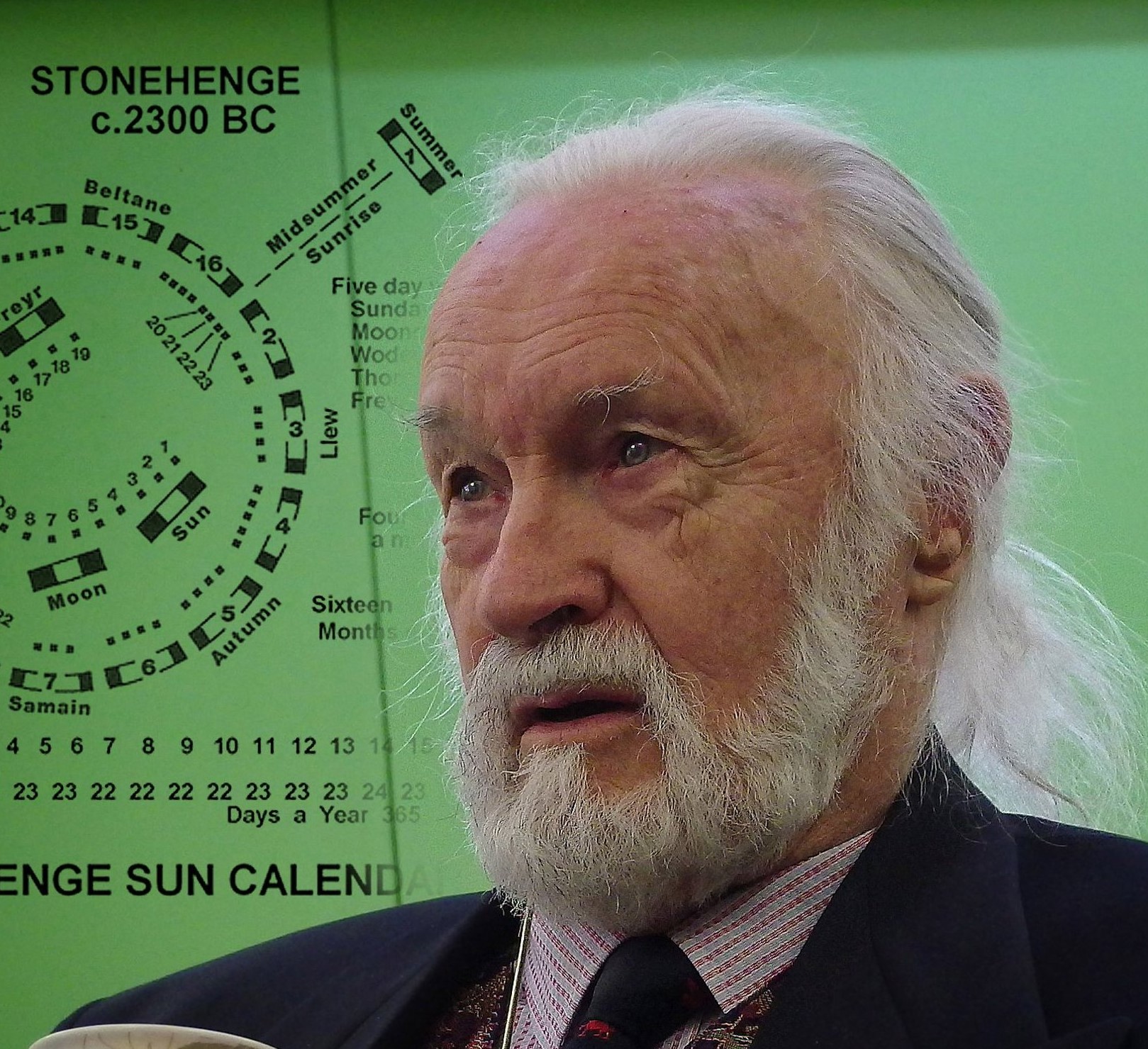 Alumnus Neil L. Thomas (Engineering, 1951) has written a number of books about the prehistoric landmark Stonehenge.
Alumnus Neil L. Thomas (Engineering, 1951) has written a number of books about the prehistoric landmark Stonehenge.
The second in the series, Stonehenge Heritage & History concerns the history of the ancient monument in southern England and the people who built it.
This book explains how arithmetic, geometry, linear measurements, geometric principles were well established and consistently employed in the design and construction of Stonehenge and its contemporary surrounding ancient monuments over a wide area. Neolithic Stonehenge Age buildings tallied both Sun and Moon calendars, the ability to forecast the next lunar total eclipse cycles every 18 years and 11 days.
An apocalyptic event about 2240 BC caused several decades worldwide climatic change. Communities eventually recovered by 2000 BC with the inauguration of the European Bronze Age. Ten million bronze axes sourced from Wales and Cornwall were marketed for millennia across the length and breadth of Europe.
Stonehenge architectural traditions embraced an application of the progressive arithmetic series usually named the ‘Fibonacci Series’; the core design criteria was the series 1, 2, 3, 5, 8, 13, 21, 34, 55, 89, 144, 233, 377, 610, 987, 1597; first number plus the next becomes the third. Stonehenge is integral with Cursus ancient monument to the north. Stonehenge can rightly be termed the world’s first university. Its design successor is Parliament House in Canberra, Australia.
For more titles from Neil, please click here.